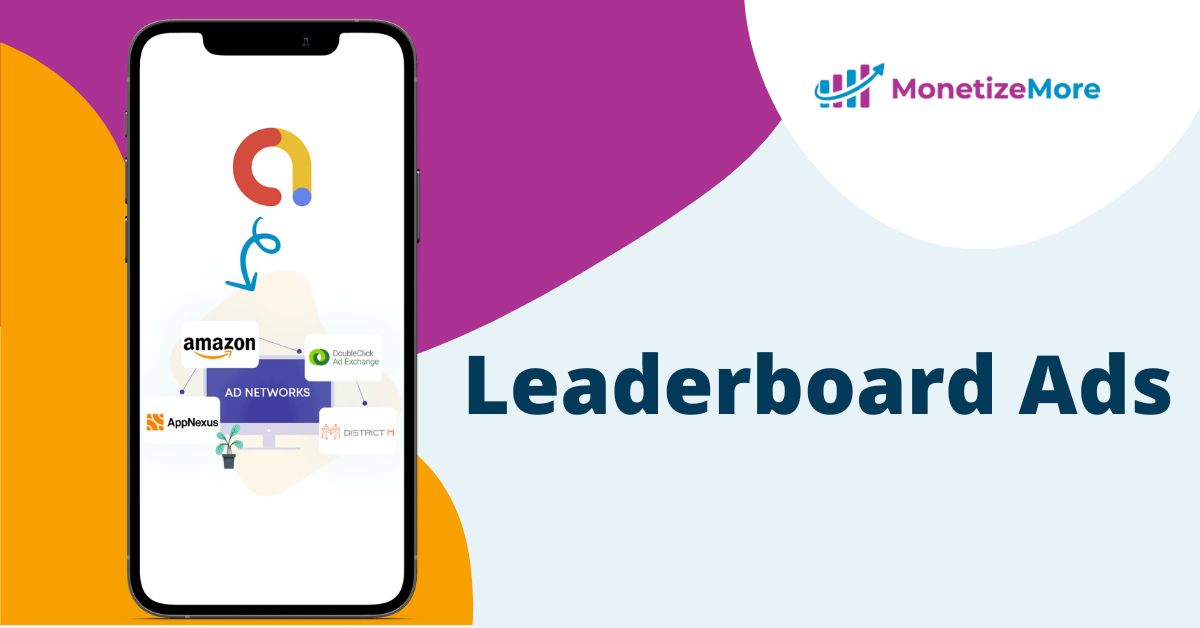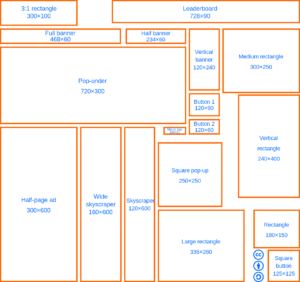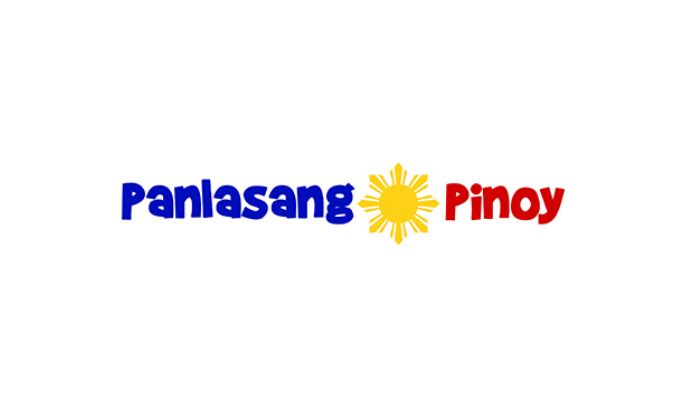
This post was most recently updated on June 10th, 2025
A leaderboard ad is one of the most popular and best-performing ad units available to publishers. It’s a rectangular ad unit measuring 728 pixels wide by 90 pixels tall. This ad unit is also one of the standard IAB units that replaced the older and much smaller 468×60 banner.
The attention-grabbing nature of leaderboard ads is a key factor in their success. Their large size commands attention and their placement above other content on a page ensures that they are seen by all visitors. This immediate visibility makes them ideal for advertisers seeking to capture users’ attention quickly and effectively promote their brand or product.
|
Master your ad inventory like the pros and become an ad ops guru with PubGuru University! Get access to our School Of AdSense, Ad Exchange, and Google Ad Manager courses for $99! Click Here To Enroll |
It’s what is known as a high-impact ad unit and is often placed at the top of the page to be seen immediately by the user when visiting the web page.

This ad unit is popular among publishers and advertisers alike. The 728×90 leaderboard ad is one of the strongest performing ad units in terms of CPM, especially for tier 1 countries (USA, UK, CA, AUS, etc.). The ad has high viewability rates, especially when used at the top area of a web page. These ad units are often sold for sponsorship/private deals.
Expandable ads perform best with leaderboards as well, as their positioning alone allows the expansion to unfold in a more eye-pleasing manner compared to other placements.
Implementing leaderboard ads is straightforward and user-friendly, requiring minimal technical expertise. Advertisers can easily customize these ad units to fit seamlessly into any webpage layout, making them a versatile and adaptable choice for various advertising campaigns. Their universal acceptance and ease of use ensure a smooth integration process, allowing publishers to focus on maximizing their ad revenue and achieving their advertising goals effectively.
While leaderboards are often placed above the fold, you can also utilize them to monetize areas below the fold. They won’t perform as strongly as the first leaderboard you put at the top, but they are useful for generating incremental revenue.
Keep in mind that when making deals directly with advertisers, below the fold placements are usually exempt, and only above the fold leaderboards are included in the setup. Advertisers want ad locations that provide the best engagement rates among viewers.
Yes. While leaderboard banners can at times be perceived as annoying and irritating, they can still help publishers and advertisers achieve marketing goals and monetize websites – when done right.
To ensure success with leaderboard ads, proper planning and execution are key. Displaying the ad unit in appropriate ad space and utilizing a reliable ad network can significantly enhance its effectiveness. While leaderboards are known for their immediacy in grabbing and holding attention, website owners and marketers must also be mindful of delivering a positive user experience and balancing ad placement with user engagement.
By leveraging the flexibility and adaptability of leaderboard ads for various marketing purposes and ensuring a seamless user experience, website owners can maximize the benefits that this ad format has to offer.
Leaderboard ads are a type of display ad that has a standard size of 728×90 pixels. They are typically placed at the top of a webpage, just below the navigation bar. Leaderboard ads can be either static or animated, and they can be used to promote a variety of products or services.
Here are some of the key technical specifications of leaderboard ads:
Here are some additional things to keep in mind when using leaderboard ads:
By following these tips, you can create leaderboard ads that are effective and eye-catching.
Leaderboard advertising campaigns can be classified into four main types:
Even with careful planning, sometimes issues with leaderboard ads can crop up. Here are some common problems and how to troubleshoot them:
1. Ad Not Displaying
2. Low Click-Through Rates (CTR)
3. Slow Load Times
4. Reporting Discrepancies
When it comes to on-page advertising, there’s the leaderboard, and then there’s everything else. Leaderboards command high placement in the ad space, forcing users to scroll past them in order to get to the content they want. Their size commands attention, and their position in a sea of ads screams “click me!” And because of their immediacy, they grab and hold attention with ease.
1- Offers high visibility due to its size and on-page positioning.
Leaderboards also offer high visibility due to their size and on-page positioning. They are so large, in fact, that they can be seen more easily than most other forms of online advertising. In addition, the leaderboard’s on-page positioning ensures that the banner will be viewed by all visitors to the page—it is positioned above all other elements of the page and will always remain visible as users scroll down.
2- Instant attention grabber.
Leaderboard ads are best at grabbing attention since they are bigger than any other element on a page. The instant eye-catching nature of leaderboard banner ads makes them ideal for advertisers that want immediate attention for their brand or product.
3- Higher click-through rates.
Since leaderboard banner ads pop up above all other content on a page, they seem bigger and more immediate than other types of advertising. This makes them especially effective in getting site visitors to convert. A good CTR is vital for a publisher’s success as it directly affects his revenue per visitor.
4- Easy to Use
Leaderboard ads are easy to work with and can be easily implemented by advertisers compared to other ad formats.
Leaderboards can easily fit into any space on a webpage and can be customized in seconds. You don’t need to be technically savvy to implement them.
5- Smooth User Experience
Leaderboard banner ads are usually less intrusive and appealing when compared to other ad formats like interstitial ads when done right.
6- Ad Server Acceptance
Since this ad format is universally accepted, publishers barely face any issues setting up leaderboard ads. Also, you don’t need any kind of special code scripts to implement them.
1- Mobile Leaderboards
Mobile leaderboard ads (320×50) are also known as smartphone leaderboards and perform best on Google AdSense. They are optimized to give a seamless user experience.
Mobile leaderboards have a high click-through rate and deliver great results when you use them with other types of mobile ads. This is what makes mobile leaderboard ads unique—as long as you have a responsive website design, this ad unit can be used to display your brand message across many devices and platforms.
2- Super Leaderboards
At 970×90 pixels, they provide even more room for creatives than regular ones.
They are also known as large leaderboards because of their size as they do stand out and draw the attention of the users more than a regular leaderboard. They’re best when it comes to combatting banner blindness and advertisers are willing to pay more for them as well.
3- Top or Bottom: Doesn’t Matter
Aside from being used at the top of web pages (where they have great performance), they can also be placed at the bottom or in the middle of the page.
It may be beneficial for advertisers to place leaderboard advertisements at the bottom of the page or within the content to deal with “banner blindness,” which is when a user has become accustomed to seeing banner ads and ignores them.
Advertisers usually prefer to use leaderboards at the top or in-between the page while publishers use this feature to boost ad viewability.
4- Expandable Ads
Publishers can also try out expandable ads i.e 728X270 with way more space to show promotions. Expandable ads are a great way for sites to make their content more prominent – and drive their visitors to it. While more and more site owners are seeing the value of this highly converting ad format, many of them still don’t have this type of advertising on their sites.
If you’re a publisher with a website or blog that regularly earns a decent amount of traffic, it might be time to consider getting in on expandable ads.

Publisher Profile:
Challenges:
MonetizeMore Intervention:
Results:
Key Takeaways:
It’s safe to say that the leaderboard ad is great for generating leads, and isn’t all that bad when you factor in the other metrics like CTRs and CPC (cost per clicks).
There are three main reasons why they are effective when it comes to generating more leads:
1- Converting Headline
If you want to use a single, compelling headline and subject line, you need to make sure your messaging stays consistent from the headline down to the last interaction with the ad.
The best kinds of headlines are short, to the point, and evoke curiosity in the reader. This way, readers will be more engaged, and more likely to click through your ad to learn more.
2- Play with different Ad Placements
The key to success with leaderboard ads is to experiment with different placements and then try to understand which one delivers the best performance. It may very well be that your user base doesn’t respond well to a certain layout, so take this into consideration as well. If you’re seeing a lot of clicks on your ads in general, don’t be afraid to try something new (like an alternate placement).
3- The message needs to be short & sweet
Designing a successful, high-click-through leaderboard ad is all about keeping it short and sweet, focusing on your message, and getting the user to take action.
4- Use High-Quality Images
People tend to be very visual, so it’s important to use high-quality images in your ads. To make the most of your leaderboard banners, you need to choose visuals that people can easily understand and are likely to click on.
Also, keep in mind that the images you use may say something about your brand. If they’re professional looking and clean, it will lead people to think that their experience with your company will be the same. On the other hand, if they’re cluttered with bright colors and have a large text overlay, it will make viewers feel uncomfortable before they even learn more about what you have to offer.
5- Don’t forget the CTA button
While the CTA button can be tempting to place towards the top of the leaderboard, this will result in your audience accidentally missing the button altogether. Remember to encourage viewers to act on your ad by directing them to a strong CTA. You don’t want them to click on it and then realize what they’ve done.
6- Incorporate Native Ads
Explore the use of native ads that seamlessly blend with the website’s design and aesthetics, offering a more integrated and user-friendly advertising experience for visitors.
Here’s a breakdown of pros and cons of using leaderboard banner ads:
Pros:
Cons:
To find out how to optimize your ad layout and implement leaderboard ads in such a way that you maximize ad revenue across your website, sign up for a Starter account at MonetizeMore today!
728x90 pixels
It is usually placed at the top of the web page or in the header section.
A skyscraper ad is an ad that is placed in the sidebar of a website. It often appears partially on the screen as the user lands on the website and remains somewhat in view as they scroll down the page. Common ad sizes include 120x600, 160x600, 300x600 pixels.
Yes, leaderboard ads remain relevant and beneficial for website owners and marketers. Their flexibility, adaptability, and ability to serve various marketing purposes make them a viable option for online advertising strategies, indicating their continued relevance in 2024.
The success of leaderboard ads can be influenced by factors such as showing the ad unit in appropriate ad space and utilizing a reliable ad network. Proper planning and placement are essential for maximizing the effectiveness of these ads.
Leaderboard banners can at times be perceived as annoying and irritating by users, which may impact their effectiveness. However, with proper planning and execution, these ads can still be beneficial for achieving marketing goals.
Yes. While leaderboard banners can at times be perceived as annoying and irritating, they can still help publishers and advertisers achieve marketing goals and monetize websites - when done right.

With over ten years at the forefront of programmatic advertising, Aleesha Jacob is a renowned Ad-Tech expert, blending innovative strategies with cutting-edge technology. Her insights have reshaped programmatic advertising, leading to groundbreaking campaigns and 10X ROI increases for publishers and global brands. She believes in setting new standards in dynamic ad targeting and optimization.
10X your ad revenue with our award-winning solutions.